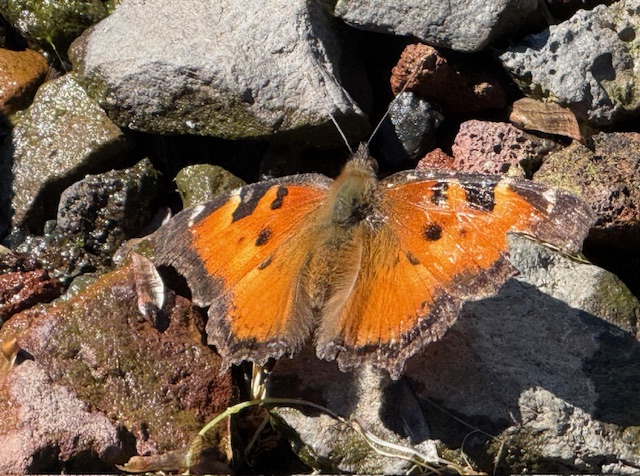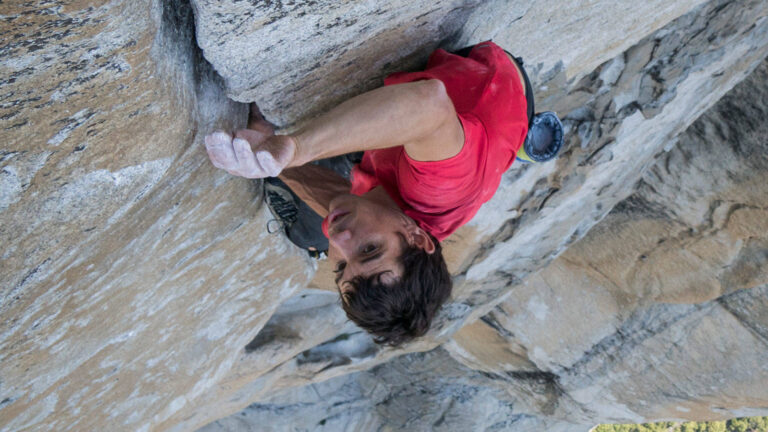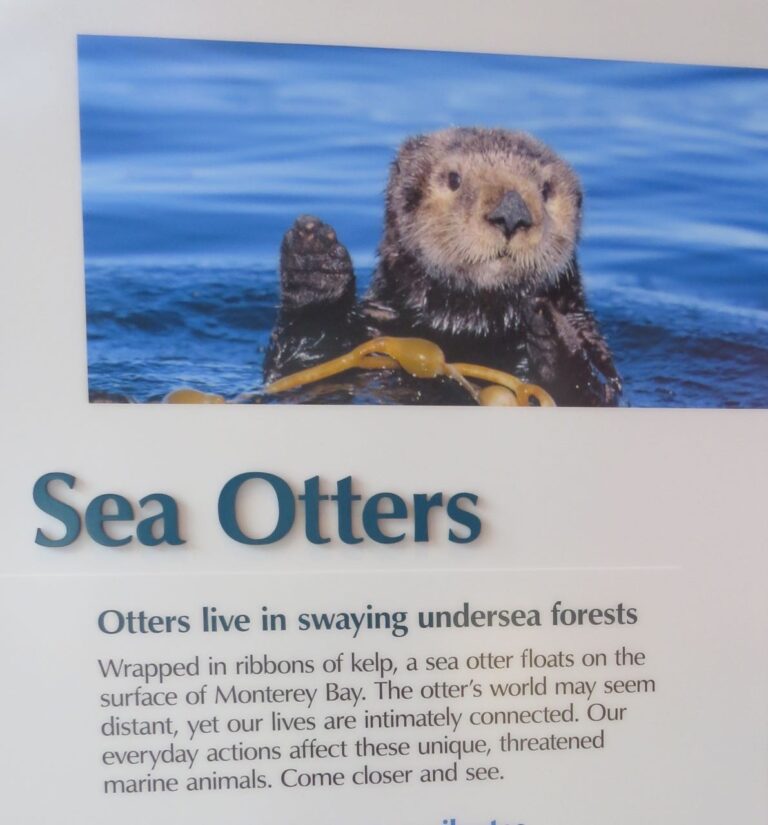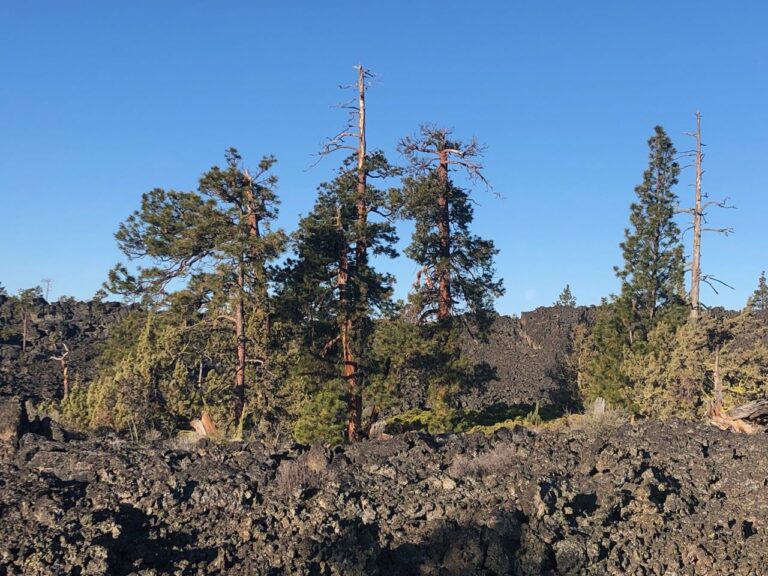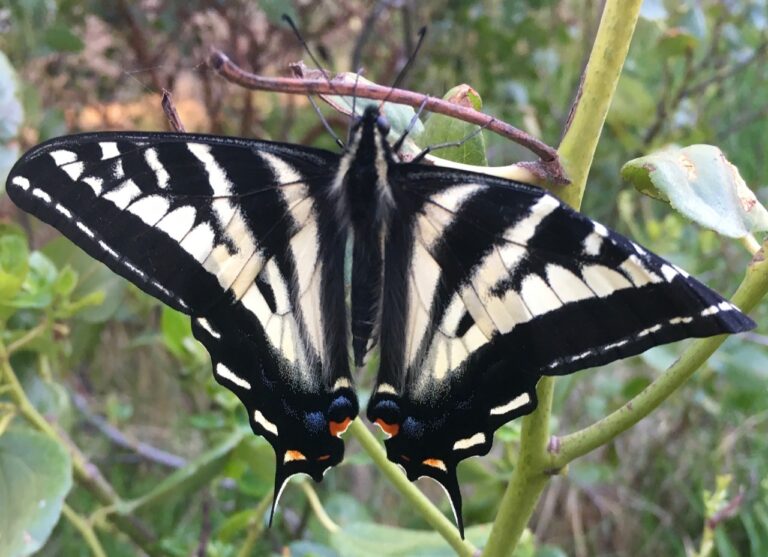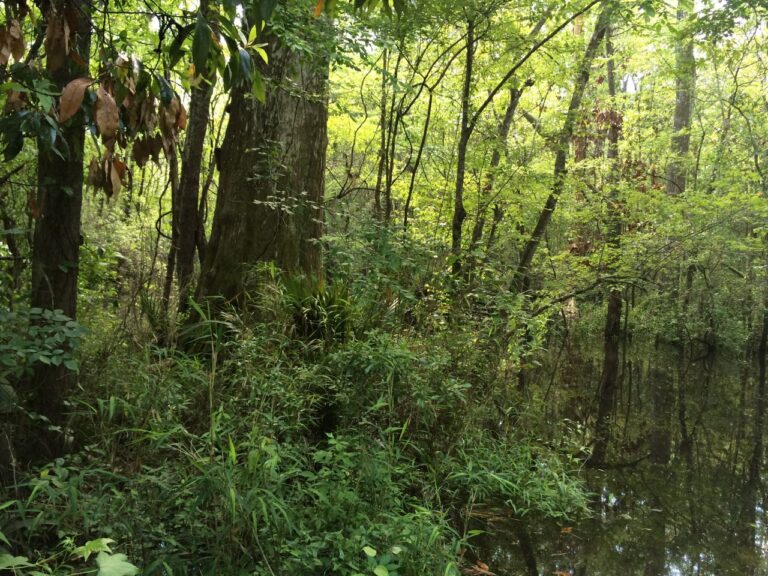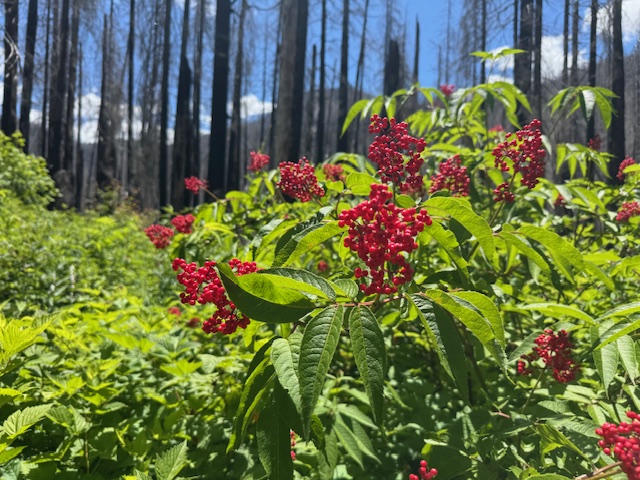A Cascade of Butterflies
A Gift of Autumn Equinox
Wes and I are canoeing on Elk Lake in the company of thousands of California tortoiseshell butterflies. Like flying embers, they cross the sparkled and breezed waters with apparent ease–dipping, fluttering, gliding, dancing, and never falling.
Do we ever stop and wonder how those papery wings defy physics? The butterflies are not pummeled by downwinds, crosswinds, and headwinds. Their wafer-thin wings are a design triumph of layers of chitin, shingled in hundreds of thousands of microscopic scales reflecting light to create brilliant colors and configured for flight efficiency. (Read more at AskNature).

On shore, I watch hundreds taking a breather on the lake’s edge. I’m mesmerized by the magic show. Wings whisk close and a butterfly is a dark wood chip with jagged edges–ideal camouflage for eluding a predator. Wings unfold to reveal orange radiance–a warning sign to birds of potential toxicity. The name for the strategy of warning coloration is aposematism (add that to your scrabble vocabulary!).
There among the butterflies, I immerse in their world–shedding my worries and transformed by abundance. Later, I consider all I’ve witnessed in context of our troubled times. I wonder…
When do we cloak ourselves in camouflage and when do we be bold, bright, and fearless?

Only sometimes do these butterflies lavish us in great flocks of aerial orange, black, and white blossoms. The reasons are encoded in all this butterfly knows, although scientists think the high numbers are related to environmental conditions that are beneficent to them in certain years. The word for a dramatic and irregular congregation is an irruption.

The time we are in calls for an irruption–doesn’t it?
Unlike monarch butterflies undertaking perilous migrations of thousands of miles, the tortoiseshells fly between high and low elevations in mountainous country. After hibernating overwinter, the adults emerge to seek the blooms of spring’s early flowering native shrubs, especially manzanita. They lay their eggs on ceanothus as host plants. The hatched black spiny caterpillars will munch on the shiny, succulent leaves. When ready, they will spin cocoons, reassemble within, and split open for the miracle of metamorphosis to emerge.
All things are connected. We cannot take the irruptions of butterflies for granted. While spectacular, I have to wonder if the flocks are fewer because of habitat loss. Landscape-level projects on national forests here in Central Oregon are ripping up the understory of manzanita, ceanothus, currants, and bitterbrush in the name of fuels reduction that ignores intricate ecosystems (see this blog). If we care about butterflies and birds, we need to tread far more lightly.

When so many butterflies caress our spirits, they seem to be sending us a message–“Look at us. Be with us. Care for us. Our future is your future too.”
Dipping paddles into the clear green waters in the constancy of butterflies, we were swept up in their spell. For those few hours, nothing else mattered–only wings, waves, and wild. Sometimes, we need to simply cloak ourselves in the beauty of the moment. And then?
Find our shine. Join our kin. Embrace the butterfly effect— even one small act on behalf of Mother Earth can become part of a tornado of positive change.


